What is the difference between normal and forged sword blade?
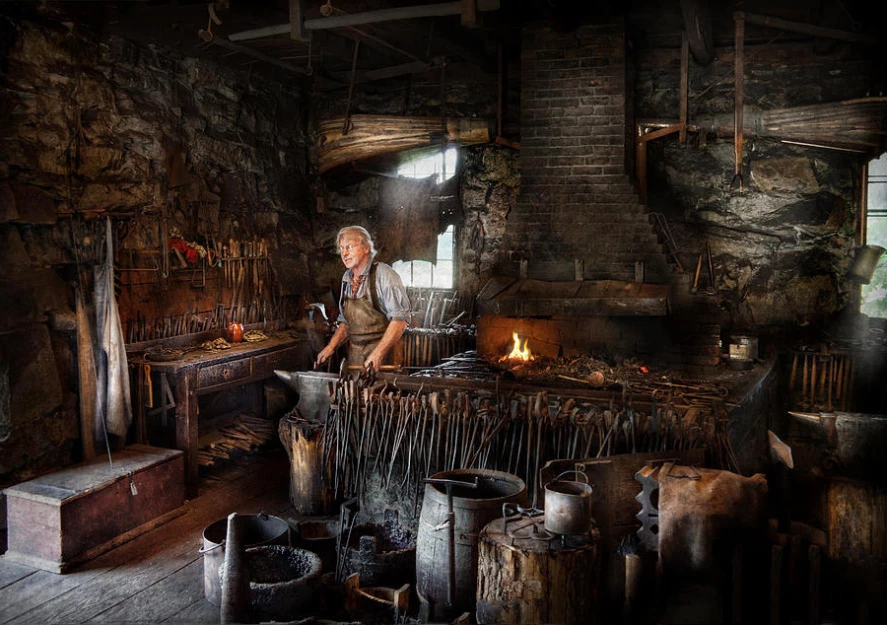
The blacksmith workshop receives the steel as rolled sheets. It is further cut into strips (with laser or water jet), milled and ground. Before extremely hard tool steel was developed, the steel could not be milled and could only be formed after heating in the furnace.
Some customers want their sword to be made in a traditional way and insist on forged blades. By forged steel, especially if the blacksmith's traces remain visible, the eye of every bladed-weapon-fan is pleased. The modern, technically precise machining leaves no room for minor imperfections and deviations. Modernly worked swords usually lack individuality and authentic appearance.
You can find views asserting that the new heating in the furnace positively affects the carbon content in the steel, thereby improving the mechanical properties of the steel. Some also claim that by forging the material becomes even denser. However, many years of practical experience in our forge have not shown any differences between industrially rolled and forged sword blades.

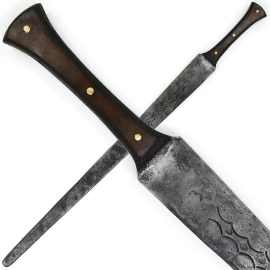
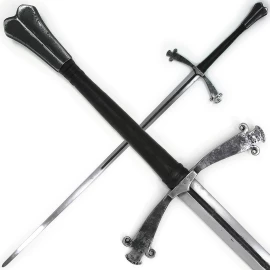
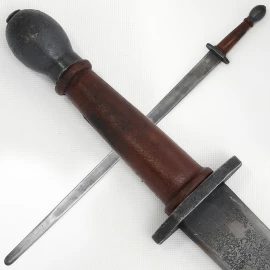
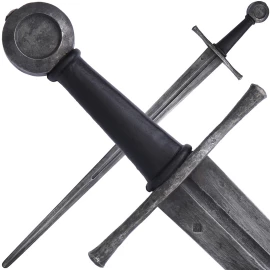
Comments